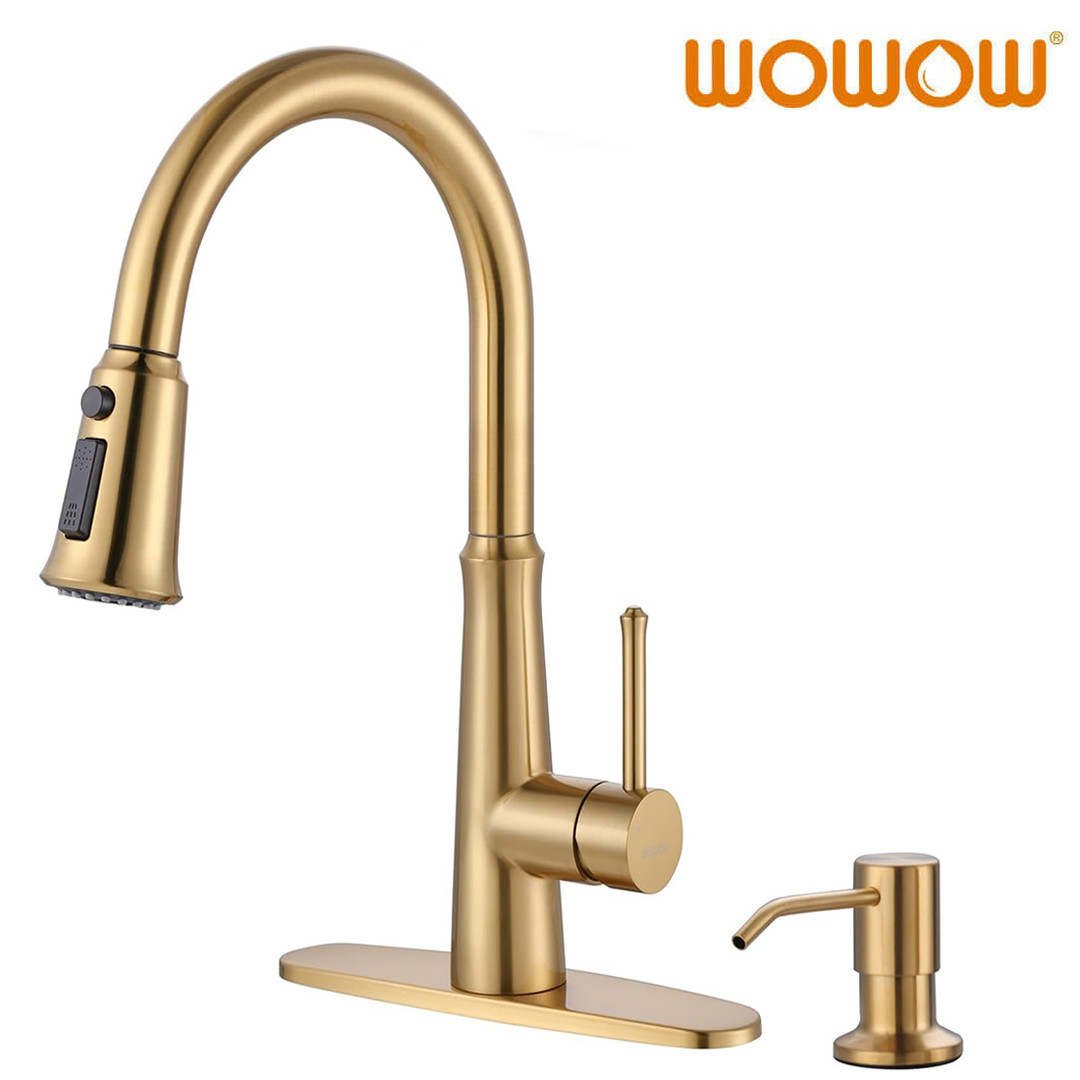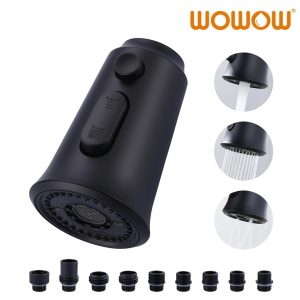
Faucets are essential fixtures in our homes, providing water for drinking, cooking, cleaning, and hygiene. While they are built to last, like all household fixtures, faucets can wear out over time and need to be replaced. Recognizing the signs that it’s time to replace your faucet can save you from potential water damage, higher utility bills, and the inconvenience of a malfunctioning fixture. Here are some key indicators that it might be time to upgrade your faucet.
10 Signs That It’s Time to Replace Your Faucet
1. Persistent Leaks
One of the most obvious signs that your faucet needs to be replaced is persistent leaking. If your faucet continues to drip even after replacing the washers or other components, it might indicate a more serious internal issue. Continuous leaks can lead to water wastage, which not only increases your utility bills but also has a significant environmental impact. According to the Environmental Protection Agency (EPA), a faucet that drips once per second can waste over 3,000 gallons of water per year.
2. Rust and Corrosion
Rust and corrosion are clear indicators that your faucet has seen better days. Corrosion can weaken the structure of the faucet, leading to leaks and even potential breakage. If you notice rust stains around your faucet or if parts of the faucet are visibly corroded, it’s time to consider a replacement. Modern faucets are often made from materials that resist corrosion, so upgrading can ensure a longer lifespan and better functionality.
3. Frequent Repairs
If you find yourself frequently repairing your faucet, it might be more cost-effective to replace it entirely. Constant repairs not only add up financially but also take up your time and effort. A new faucet can eliminate the hassle of ongoing maintenance and provide more reliable performance.
4. Decreased Water Pressure
A noticeable drop in water pressure can be a sign that your faucet is failing. This issue can be caused by mineral buildup, internal wear and tear, or issues with the aerator. If cleaning the aerator and other minor repairs don’t restore the water pressure, it might be time to invest in a new faucet. A properly functioning faucet ensures efficient water flow, which is crucial for daily tasks.
5. Outdated Design
While functionality is the primary concern, the aesthetic appeal of your faucet is also important. If your faucet looks outdated and no longer matches the style of your kitchen or bathroom, replacing it can instantly update the look of the room. Modern faucets come in a variety of designs and finishes, allowing you to choose one that complements your decor while providing the latest features and technology.
6. Noisy Operation
Unusual noises coming from your faucet, such as screeching, clanking, or sputtering, can indicate internal damage or wear. These noises often point to issues with the internal components, such as the valves or washers. If you’ve tried troubleshooting the noise without success, replacing the faucet can resolve the issue and restore quiet operation.
7. Handle Problems
Difficulty in turning the faucet handles, or handles that become loose over time, are signs of internal wear. In some cases, the handles may start to leak water around the base. These issues can be frustrating and indicate that the internal components are deteriorating. A new faucet with smoothly operating handles can improve the overall user experience.
8. Water Quality Concerns
If you notice changes in your water quality, such as discoloration, a metallic taste, or an unusual odor, your faucet might be to blame. Over time, old faucets can develop internal corrosion that affects water quality. Replacing your faucet with a new one made from safe, non-toxic materials can ensure that your water remains clean and safe for consumption.
9. Mold and Mildew
Leaks and drips from a faulty faucet can create a moist environment that promotes the growth of mold and mildew. Not only can this cause health issues, but it can also damage the surrounding area, such as countertops and cabinets. If you see mold or mildew around your faucet, it’s a sign that the constant moisture problem needs to be addressed by replacing the faucet.
10. Technological Advancements
Modern faucets come with advanced features that can enhance your convenience and efficiency. For instance, touchless faucets use sensors to start and stop the water flow, reducing the spread of germs and saving water. Other innovations include pull-out sprayers, built-in water filters, and water-saving technologies. If your current faucet lacks these features, upgrading can provide significant benefits.
Conclusion
Replacing a faucet might seem like a minor home improvement project, but it can have a substantial impact on your daily life. Recognizing the signs that it’s time to replace your faucet can prevent water damage, reduce your utility bills, and enhance the functionality and aesthetics of your kitchen or bathroom. Whether it’s due to persistent leaks, rust, outdated design, or the desire for modern features, upgrading your faucet is a worthwhile investment that offers both practical and aesthetic benefits. By staying vigilant and addressing faucet issues promptly, you can maintain a well-functioning and stylish home.
 WOWOW Faucets
WOWOW Faucets







您好!Please sign in